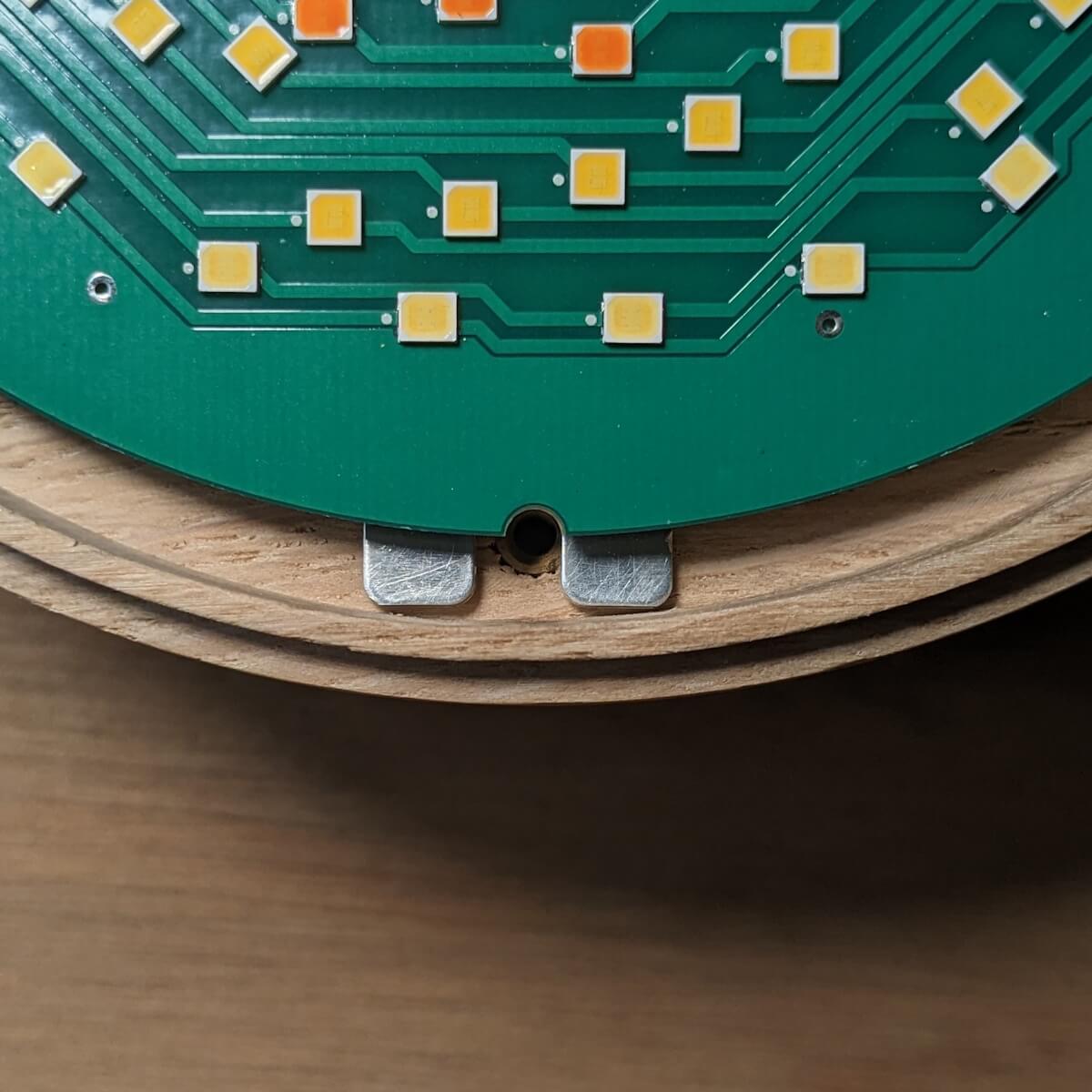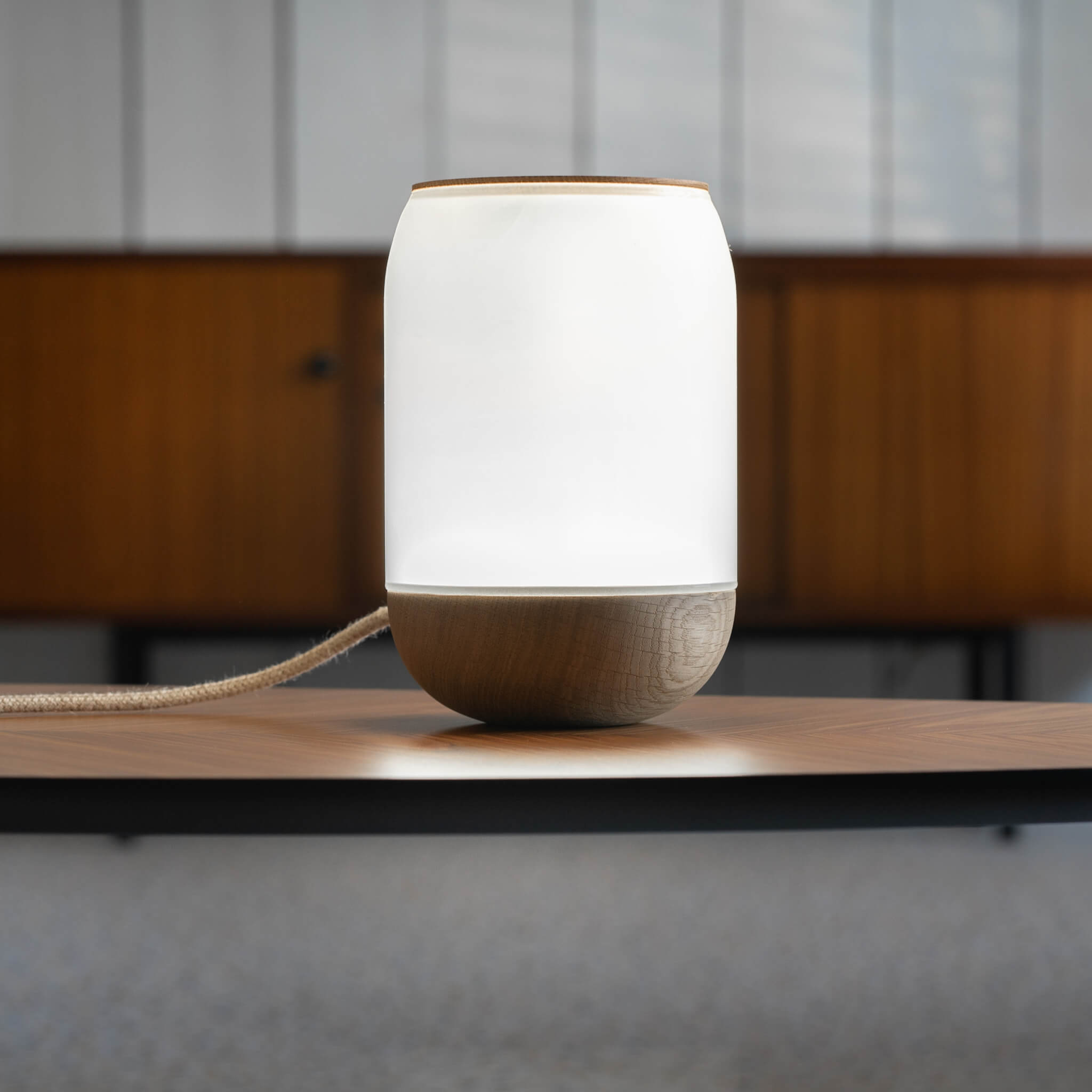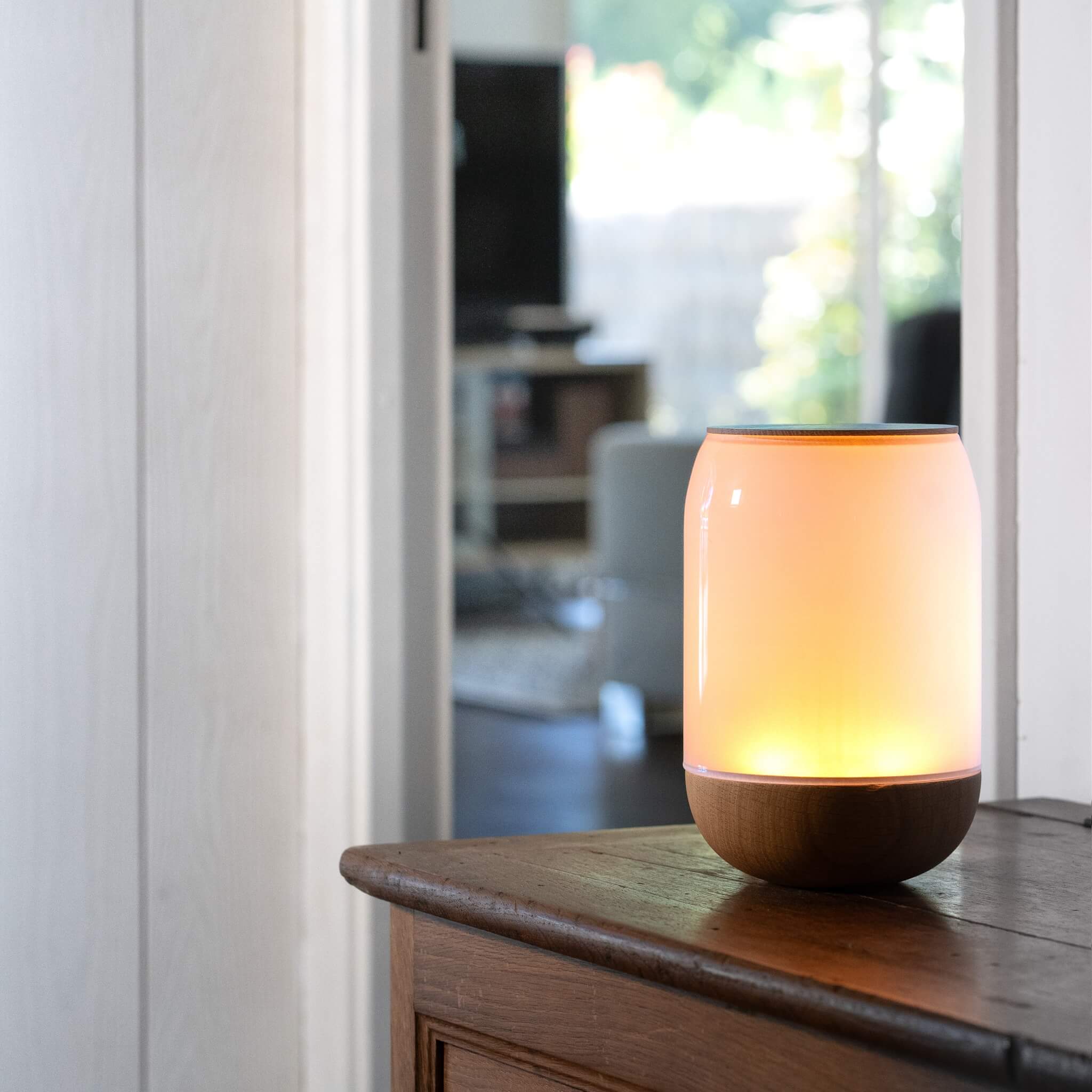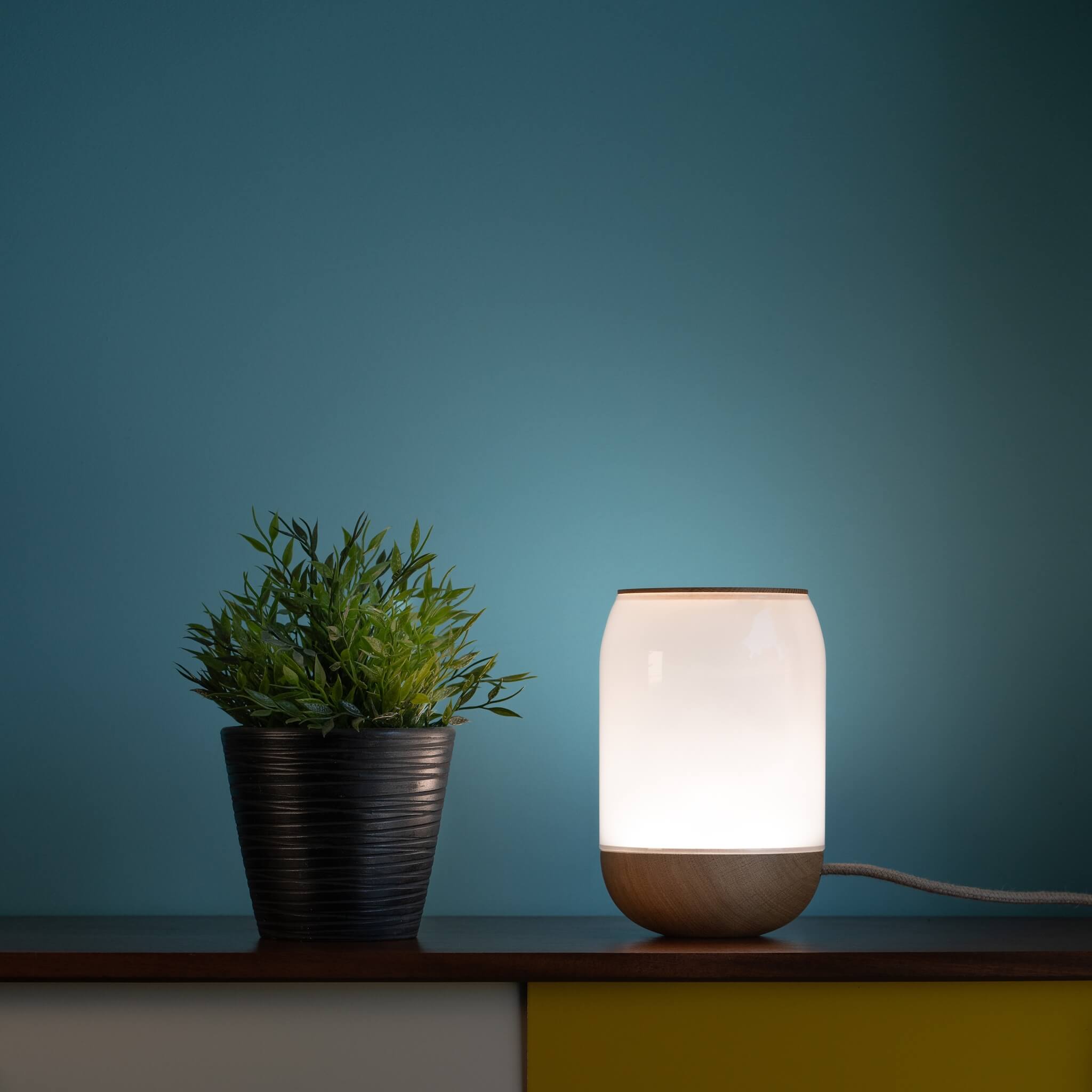Do you want to harmonize your heart and mind to live a more balanced and fulfilling life? Cardiac coherence is the key you've been waiting for. In this comprehensive guide, we'll explore the benefits of heart coherence for your mental and physical health, as well as simple techniques to achieve it. Cardiac coherence is a state where your heart rate, breathing, and nervous system reach optimal synchronization. This helps establish a balance between your heart and brain, creating a positive effect on your overall health. Throughout this article, you will discover how to practice cardiac coherence through specific breathing exercises. By doing this, you will stimulate the parasympathetic nervous system, reduce stress and anxiety, improve your focus and mental clarity, and strengthen your immune system. Ready to transform your life with cardiac coherence? Read on to discover all the secrets to this powerful practice and how you can easily incorporate it into your daily routine.
Understanding cardiac coherence
Cardiac coherence is more than just a buzzword in the wellness world; it's a scientifically proven practice that can have a profound impact on your overall health. But what exactly is cardiac coherence? Simply put, it is a physiological state where various body systems, such as heartbeat, breathing, and the nervous system, work in harmony. When these systems are in sync, your body functions more efficiently, which can lead to a multitude of health benefits.
Cardiac coherence is often measured using heart rate variability (HRV), an indicator of the variation in time between each heartbeat. A high HRV is generally a sign of good heart health and coherence, while a low HRV can indicate stress or poor cardiovascular health.
The practice of cardiac coherence is often associated with specific breathing techniques, but it can also be influenced by factors such as mindset, diet and exercise. Ultimately, the goal is to create a balance between the sympathetic nervous system, which is responsible for the "fight or flight" response, and the parasympathetic nervous system, which controls relaxation and recovery.
Now that you have a basic understanding of what cardiac coherence is, let's dive deeper into the science behind this fascinating practice.
The science behind cardiac coherence
Cardiac coherence is not just a new-age idea; it is supported by a solid scientific basis. Research in this area has primarily focused on heart rate variability (HRV), which is the measurement of time intervals between consecutive heartbeats. High HRV is often an indicator of good cardiovascular health and flexibility of the autonomic nervous system.
The autonomic nervous system is made up of two main branches: the sympathetic nervous system and the parasympathetic nervous system. The first is often called the "fight or flight" system, because it prepares the body to respond to stressful situations. The second is sometimes called the "rest and digest" system, because it helps the body relax and recover. Cardiac coherence aims to balance these two systems to create an optimal state of well-being.
Studies have shown that regularly practicing heart coherence can have beneficial effects on a variety of conditions, including stress, anxiety, depression, and even some chronic illnesses like hypertension. Heart coherence can also improve focus, decision-making, and mental clarity, making it particularly useful in demanding environments like the workplace or school.
In summary, the science behind cardiac coherence is both robust and constantly evolving, with more and more research highlighting the many benefits of this practice.
Benefits of practicing cardiac coherence
Heart coherence offers a multitude of benefits that go far beyond simple stress reduction. Here are some of the most notable benefits:
Stress and Anxiety Reduction
Cardiac coherence is particularly effective in reducing levels of the stress hormone cortisol. This has a calming effect on the mind and body, which can be particularly beneficial for people suffering from high levels of stress or anxiety.
Improved Concentration and Mental Clarity
Regularly practicing cardiac coherence can improve your ability to concentrate and think clearly. This can be particularly useful in situations where sustained attention is required, such as at work or while studying.
Strengthening the Immune System
Studies have shown that heart coherence can boost the immune system, making you less susceptible to illness and infection.
Improved Sleep
Cardiac coherence can also improve sleep quality by helping to regulate circadian rhythms and reducing stress levels that can often interfere with restful sleep.
Emotional Balance
Heart coherence can help regulate emotions, which is especially helpful for people who may be prone to mood swings or excessive emotional reactions.
Cardiovascular Health
Heart coherence has also been linked to better cardiovascular health, including lower blood pressure and better blood circulation.
By integrating cardiac coherence into your daily routine, you can enjoy these benefits and more, contributing to a better overall quality of life.
Techniques for achieving cardiac coherence
Achieving a state of cardiac coherence may seem complex, but in reality, it is a practice accessible to everyone thanks to simple and effective techniques. Here are some methods to help you enter this harmonious state:
Rhythmic Breathing
Rhythmic breathing is one of the most commonly used techniques to achieve cardiac coherence. It involves breathing at a steady pace, usually six breaths per minute, to synchronize your heart rate and breathing.
Positive Visualization
Visualization is another effective method. Imagine a place or situation that brings you peace and happiness. This technique can help reduce stress and increase levels of DHEA, the feel-good hormone.
Biofeedback
Biofeedback is a more advanced technique that uses electronic equipment to measure bodily functions such as heart rate. This allows you to receive real-time information about your cardiac coherence status, helping you adjust your breathing or visualization techniques.
Music and Sounds
Listening to music or calming sounds can also help achieve a state of cardiac coherence. Choose songs or sounds that relax you and bring you a feeling of well-being.
Meditation and Mindfulness
Meditation and mindfulness are excellent methods for achieving heart coherence. They help you focus on the present moment, reducing stress and promoting a state of deep relaxation.
By combining these techniques or using them separately, you can find the method that works best for you to achieve a state of cardiac coherence.
Breathing exercises for cardiac coherence
Breathing is the pillar of cardiac coherence. It is the most direct and effective way to influence and regulate your heart rate. Here are some specific breathing exercises you can incorporate into your routine to achieve this balanced state:
Square Breathing
In this exercise, you inhale, hold your breath, exhale, and hold your breath again, each step lasting the same number of seconds. For example, inhale for 4 seconds, hold for 4 seconds, exhale for 4 seconds, and hold again for 4 seconds.
Abdominal Breathing
Place one hand on your abdomen and the other on your chest. Inhale deeply through your nose, making sure it's your abdomen that rises and not your chest. Exhale slowly through your mouth. This exercise promotes better oxygenation and helps with relaxation.
The 5-5-5 Technique
Inhale for 5 seconds, hold your breath for 5 seconds, and exhale for 5 seconds. This technique is particularly effective in quickly reducing stress levels.
Coordinated Breathing
This exercise involves synchronizing your breathing with a rhythm or melody. You can use cardiac coherence apps that offer rhythm guides to help you.
Conscious Breathing
In this exercise, you become aware of each inhalation and exhalation. You can do this by mentally counting or focusing on the sensations of the air flowing in and out of your nostrils.
By regularly practicing these breathing exercises, you will not only be able to achieve a state of cardiac coherence but also reap the many benefits for your physical and mental health.
Mental techniques for cardiac coherence
Besides breathing exercises, there are mental techniques that can help you achieve a state of cardiac coherence. These methods aim to align your mind and heart, creating a synergy that strengthens your overall well-being.
Positive Visualization
Imagine a peaceful place, like a beach or a forest. Visualize yourself breathing in the clean, fresh air of this place. This technique can help reduce stress and improve your state of mind.
Mindfulness Meditation
Mindfulness is about being fully present and engaged in the present moment. You can practice mindfulness meditation by focusing on your breathing and observing your thoughts without judgment.
Affirmations
Repeat positive affirmations to yourself, such as "I am calm" or "I am at peace." Affirmations can help reduce anxiety and improve your state of mind.
Gratitude
Take a moment to think about the things you are grateful for. Gratitude can have a positive effect on your state of mind and may even improve your heart health.
Listen to music
Music has the power to change our state of mind. Listen to songs that soothe you and put you in a state of relaxation.
By combining these mental techniques with your breathing exercises, you can maximize the effects of cardiac coherence and achieve an optimal state of well-being.
Integrate cardiac coherence into daily life
Now that you are familiar with the science and techniques for achieving cardiac coherence, the question is: how can you integrate this practice into your daily routine?
Schedule Short Sessions
You don't need to spend a lot of time to benefit from cardiac coherence. Sessions of 5 to 10 minutes, two to three times a day, can make a big difference.
Use Reminders
Set up reminders on your phone or computer to encourage yourself to practice. This can be especially helpful if you have a busy schedule.
Integrate it into Your Morning Routine
Start your day off right by practicing cardiac coherence right after waking up. This can help you feel more centered and ready to take on the day.
Practice Before Stressful Moments
If you know you're going to be faced with a stressful situation, take a few minutes to practice heart coherence. This can help you approach the situation with a calmer frame of mind.
With Family or Friends
Cardiac coherence can be a great activity to share with your loved ones. Not only can it strengthen your relationships, but it can also help everyone feel more relaxed and in harmony.
While Driving or in Transport
You can even practice cardiac coherence while driving or using public transportation. Just make sure you don't close your eyes if you're driving!
By integrating cardiac coherence into your daily life, you give yourself the means to live a more balanced and serene life.
Tools and applications to practice cardiac coherence
In our modern world, technology can be a valuable ally in maintaining and improving our well-being. Here are some tools and apps that can help you practice cardiac coherence more effectively.
Mobile Applications
There are several mobile apps designed specifically for cardiac coherence. These apps offer visual and audio breathing guides, statistics to track your progress, and even personalized advice.
Connected Watches and Fitness Trackers
Some modern wearables are equipped with sensors that can measure your heart rate in real time. These devices can be set to alert you when your heart rhythm is irregular, prompting you to practice cardiac coherence.
Computer Software
If you spend a lot of time in front of a computer, there is software that can remind you to take breaks for cardiac coherence. Some even offer breathing exercises to follow directly on your screen.
Books and Online Courses
For those who prefer a more academic approach, there are many books and online courses that offer detailed instructions and case studies on cardiac coherence.
Meditation Accessories
From meditation cushions to special mats, various accessories can make your heart coherence practice more comfortable and therefore more effective.
By using these tools and apps, you can make your cardiac coherence practice more accessible, more effective, and more enjoyable.
Cardiac Coherence Case Studies and Success Stories
Cardiac coherence is not just a theory; it has been successfully put into practice by people from all walks of life. Here are some case studies and examples that illustrate the positive impact of this practice.
The Stressed Executive
Sophie, a senior manager in a large company, suffered from high levels of stress and anxiety. After integrating cardiac coherence into her daily routine, she noticed a significant improvement in her stress management, concentration and productivity at work.
The Anxious Student
Alex, a medical student, used cardiac coherence to manage his anxiety before exams. Not only did his academic performance improve, but he also noticed better quality of sleep.
The Top Athlete
Marc, a professional athlete, used cardiac coherence to improve his performance and recovery. The data showed an improvement in his endurance and a reduction in his recovery time.
The elderly person
Claire, a 70-year-old woman, used cardiac coherence to manage her hypertension. After a few weeks of practice, she was able to reduce her medication and improve her quality of life.
First Search Results
Clinical studies have also shown that cardiac coherence can be effective in managing conditions such as asthma, type 2 diabetes, and even some heart diseases.
These examples show that cardiac coherence has the potential to significantly transform lives. Whether you are young or old, student or professional, this practice has something to offer everyone.
Conclusion: Harness the power of cardiac coherence
Cardiac coherence is more than just a relaxation technique; it's a practice that can have a profound impact on your physical and mental well-being. By harmonizing the heart and mind, you open the door to a multitude of benefits, from stress reduction to improved sleep quality and even better management of chronic diseases.
This comprehensive guide aims to provide you with all the information and tools you need to integrate this powerful practice into your daily life. Whether you are a complete beginner or already have some experience with breathing techniques and meditation, heart coherence offers an accessible and scientifically proven path to an optimal state of well-being.
So why wait? Start exploring cardiac coherence techniques and exercises today and discover for yourself the transformative power of this practice. Your heart, your mind, and your body will thank you.
















Leave a comment
All comments are moderated before being published.
This site is protected by hCaptcha and the hCaptcha Privacy Policy and Terms of Service apply.